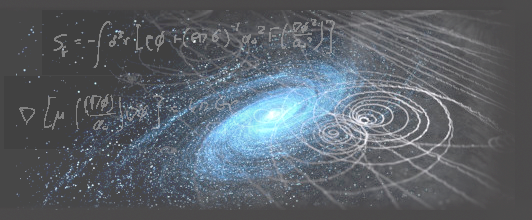Speaker
Description
Heavy-ion collisions in large-scale particle accelerators, like the LHC, are frequently used to study the theory of Quantum-Chromodynamics (QCD). These collisions result in the creation of a fireball with a very high energy density and pressure, leading to a state of matter known as the Quark-Gluon Plasma (QGP). The extreme conditions achieved in heavy-ion collisions provide a fascinating testing grounds for studying various physical effects in QCD.
The goal of this analysis is to study the production mechanisms for strangeness and baryon number, as well as how these mechanisms affect each other, in Pb-Pb collisions using the ALICE detector. To this end, two-particle correlation functions are constructed that show where particles carrying a conserved charge are most likely to be formed relative to each other. For this analysis specifically, $\Lambda$ - K and $\Lambda$ - p correlations are used to study strangeness- and baryon number production, respectively. These correlation functions are complemented by $\Lambda$ - $\pi$ correlations, which lack both strangeness and baryon number correlations, and act as a baseline.

